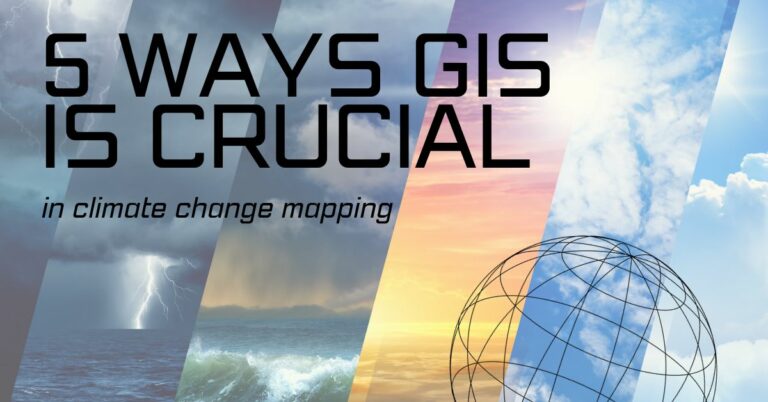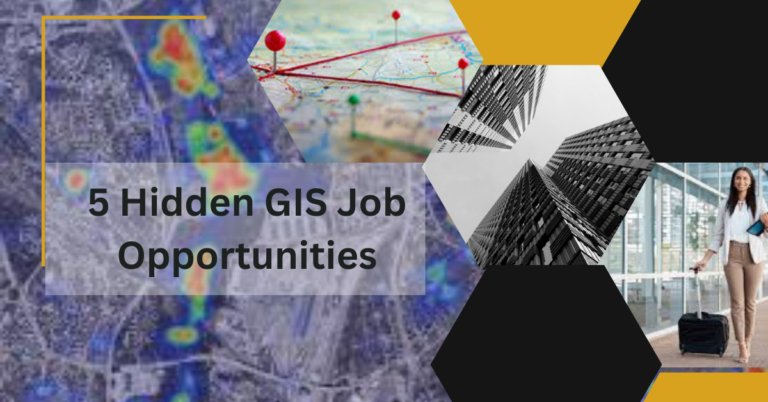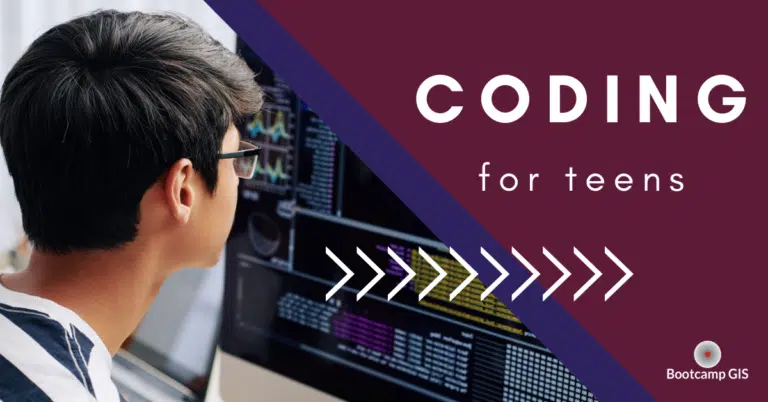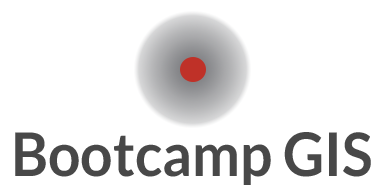GIS Programs Online play a crucial role in improving healthcare by providing a powerful framework for mapping, analyzing, and visualizing geospatial data related to health.
Here are some specific ways GIS Training can contribute to enhancing healthcare:
1. Healthcare Resource Allocation:
GIS can help healthcare administrators and policymakers optimize the allocation of resources such as hospitals, clinics, and medical equipment. By analyzing population density, disease prevalence, and demographic characteristics, GIS can identify areas with higher healthcare needs and assist in determining where new facilities should be located or where existing ones should be expanded.
2. Disease Surveillance and Outbreak Management:
GIS is instrumental in tracking and managing disease outbreaks. It allows health officials to map reported cases, identify clusters, and track the spread of diseases in real-time. This spatial information enables the implementation of targeted interventions and the allocation of medical resources to affected areas efficiently.
3. Health Equity and Disparities Analysis:
GIS can help identify healthcare disparities and assess health equity across different populations and geographic regions. By mapping health outcomes, social determinants of health, and access to healthcare facilities, policymakers can recognize underserved areas and design interventions to reduce disparities and promote health equity.
4. Environmental Health Analysis:
GIS allows for the integration of environmental data with health data. By mapping environmental factors such as air and water quality, GIS can help identify potential environmental health risks and their impact on specific populations. This information is valuable for decision-making on public health interventions and policies.
5. Public Health Planning and Policy Development:
GIS supports evidence-based decision-making in public health planning and policy development. By integrating data from multiple sources, including health records, census data, and environmental data, GIS can provide a comprehensive view of health trends, enabling the formulation of targeted and effective public health strategies.
6. Health Emergency Response:
During emergencies or natural disasters, GIS can facilitate emergency response efforts. By mapping affected areas and critical healthcare infrastructure, responders can prioritize aid and resources more effectively. GIS also aids in tracking displaced populations and identifying suitable locations for temporary medical facilities.
7. Patient and Disease Tracking:
GIS can assist in patient tracking and disease management. By mapping the movement of patients and monitoring their health outcomes, healthcare providers can improve care coordination and tailor interventions to individual needs.
8. Health Promotion and Education:
GIS supports health promotion efforts by visualizing health data in a way that is easily understandable to the public. Maps can be used to educate communities about local health risks, healthy behaviors, and available healthcare services.
In conclusion, Training in GIS provides valuable spatial insights that enable healthcare professionals, policymakers, and researchers to make informed decisions, target interventions more effectively, and improve overall healthcare outcomes for populations. Its ability to integrate and analyze geospatial data makes GIS a powerful tool for tackling various healthcare challenges.








